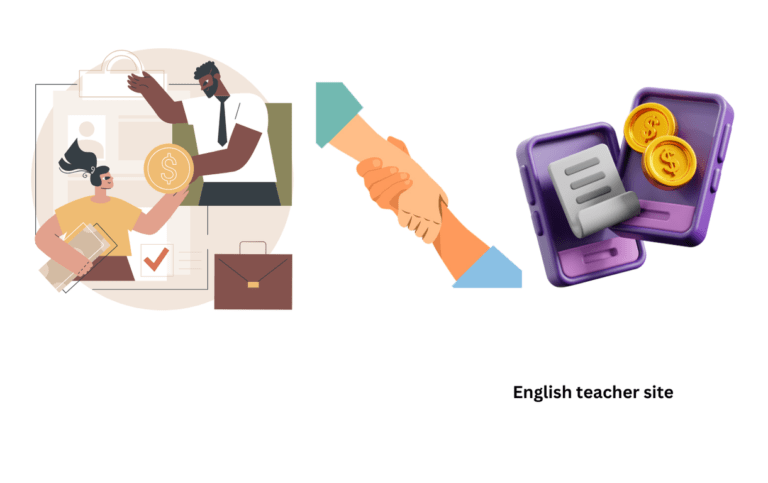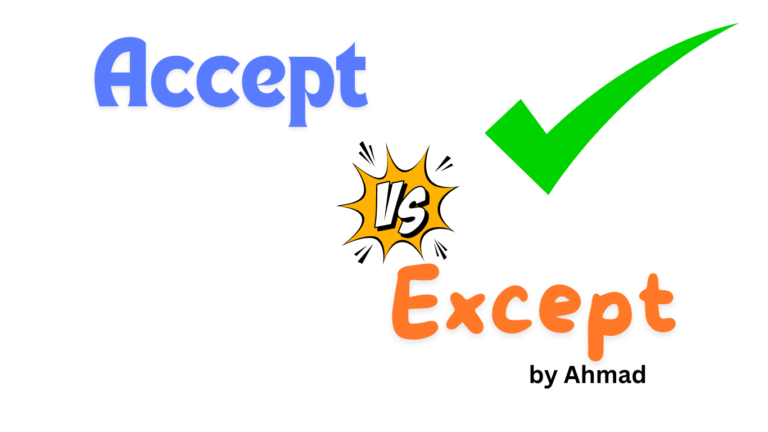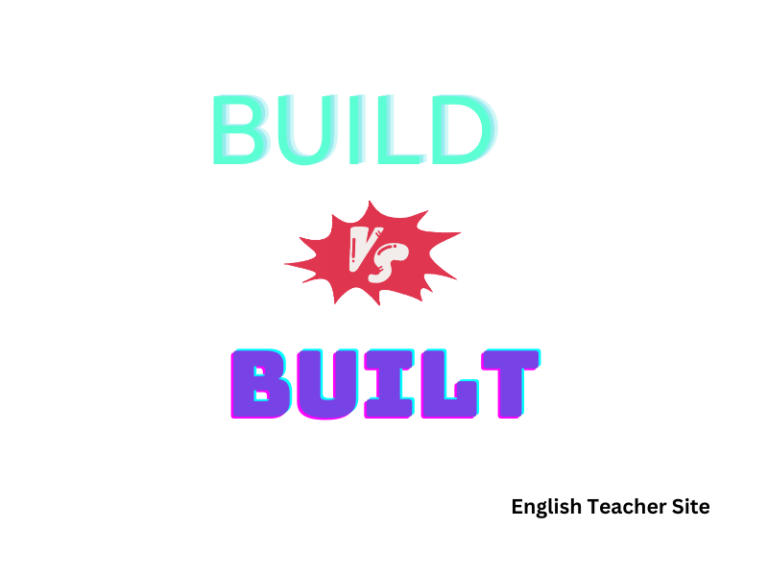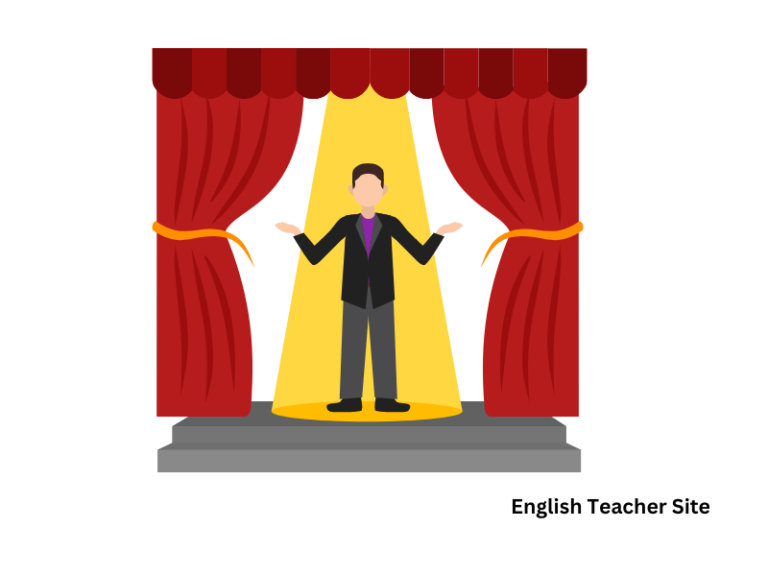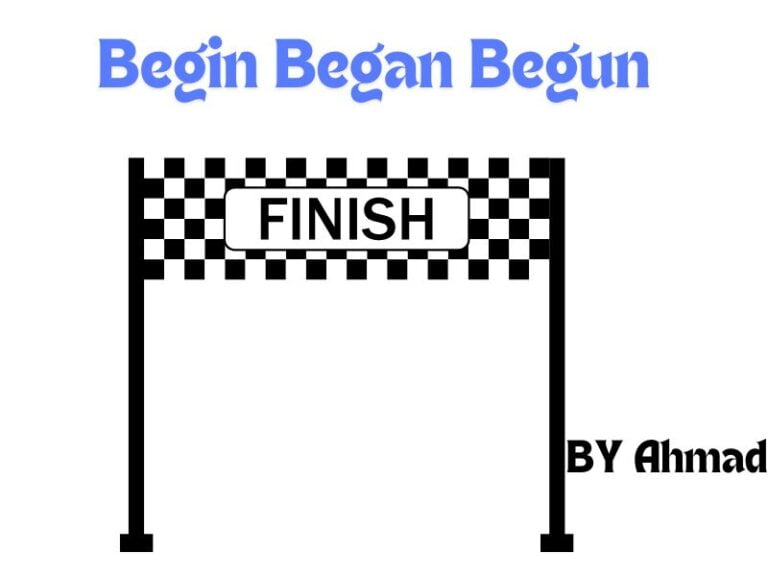Make or Made: Understanding the Correct Past Tense of “Make”
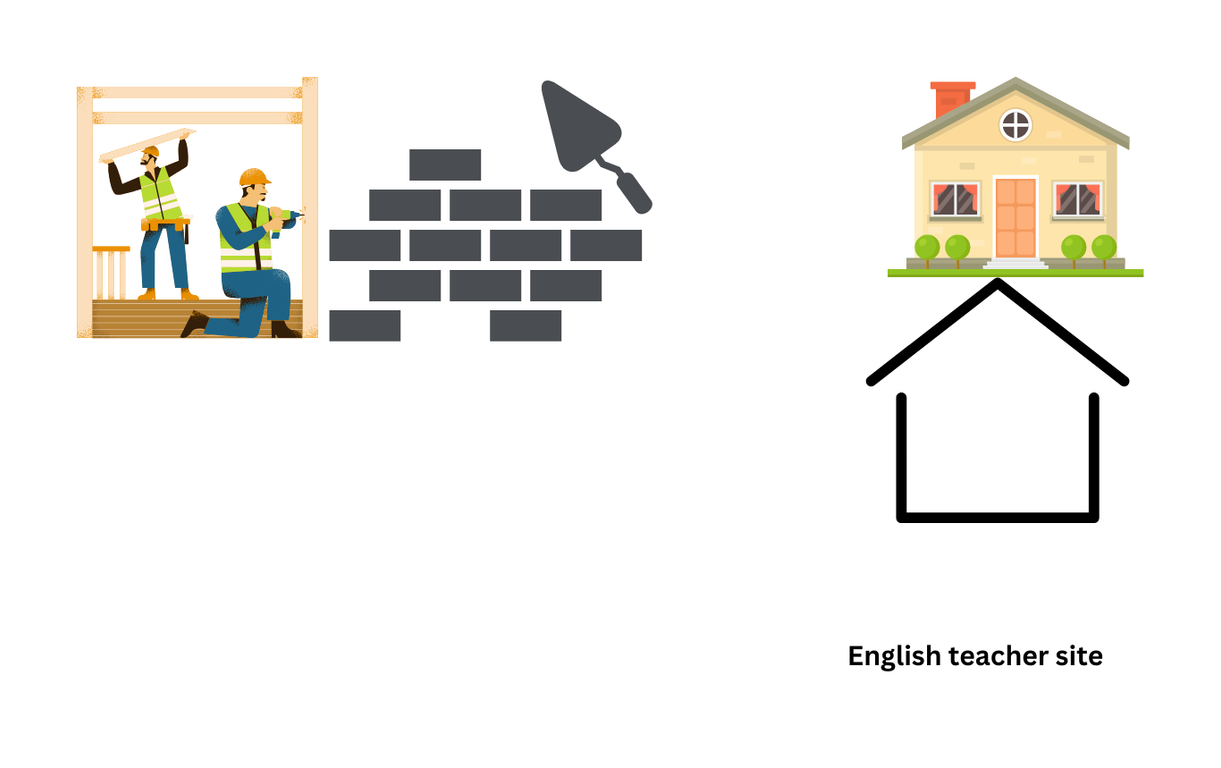
- “Made” is the correct past tense and past participle form of “make.”
- The simple past tense “made” indicates a completed action.
- Past participle “made” is used with auxiliary verbs in perfect tenses.
When it comes to verb tenses, grasping the difference between simple past and past participle forms is important. The simple past tense “made” is used to describe an action that was completed in the past. It’s straightforward and does not require auxiliary verbs. In contrast, the past participle is commonly used in perfect tense constructions and typically needs an auxiliary verb, like “has” or “have”, to craft the correct phrase.
Make or Made – Which is the Correct Past Tense of Make?
The verb “make” in its present tense implies the action of creating or constructing something. In English grammar, verbs change form to indicate different tenses, and for the verb “make,” the past tense is expressed as “made.”
Present and Past Forms of “Make”:
| Tense | Form |
|---|---|
| Present | make/makes |
| Past | made |
It is important to note that “make” maintains the same form regardless of the subject in the present tense, with the exception of the third person singular, which adds an ‘s’ (he/she/it makes). In contrast, the past tense “made” remains unchanged regardless of the subject. There is no variation in its form for singular or plural; “made” is applicable to all subjects in the past tense.
Usage of “Make” and “Made”:
- Present: They make dinner at 6 PM.
- Past: They made dinner last night.
When referring to actions that have been completed, “made” is the accurate choice. It is used to talk about an action that started and concluded in the past. For instance:
- She made a cake. (The cake was prepared and finished in the past.)
Understanding the difference between these two forms is critical for proper verb conjugation in past, present, and future tenses.
Tenses of “Make” Conjugation:
| Tense | Form |
|---|---|
| Present Perfect | has/have made |
| Past Perfect | had made |
| Future | will make |
To sum it up, knowing when to use “make” versus “made” depends on the time reference of the action. “Make” is appropriate for the present or future, while “made” is strictly used for actions in the past.
Understanding Verb Tenses
Let’s examine the verb “to make” as an example to illuminate these concepts.
Present Tense Forms
The present tense forms of a verb demonstrate an action that is currently happening or a habitual action. For “make,” its present tense forms include:
- Simple Present: “She makes a cake every Sunday.”
- Present Continuous: “He is making dinner now.”
- Present Perfect: “They have made their decision.”
- Present Perfect Continuous: “She has been making calls all morning.”
Table 1: Present Tense Forms of “make”
| Tense | Example |
|---|---|
| Simple Present | She makes a card. |
| Present Continuous | She is making a card. |
| Present Perfect | She has made a card. |
| Present Perfect Continuous | She has been making a card. |
Past Tense Forms
The past tense forms relate to an action that has already occurred. For the verb “to make,” the simple past form is “made.”
- Simple Past: “He made a speech yesterday.”
- Past Continuous: “She was making a quilt when it started to rain.”
- Past Perfect: “By the time we arrived, they had already made dinner.”
- Past Perfect Continuous: “He had been making noise all night.”
Table 2: Past Tense Forms of “make”
| Tense | Example |
|---|---|
| Simple Past | She made a card. |
| Past Continuous | She was making a card. |
| Past Perfect | She had made a card. |
| Past Perfect Continuous | She had been making a card. |
Future Tense Forms
Future tense forms indicate an action that will occur. “Will make” is the simple future tense form of the verb “to make.”
- Simple Future: “They will make an announcement tomorrow.”
- Future Continuous: “Tomorrow at this time, she will be making the arrangements.”
- Future Perfect: “By next week, he will have made all the necessary calls.”
- Future Perfect Continuous: “She will have been making preparations for hours by the time the guests arrive.”
Synonyms of ‘make’
To express the action of creating or constructing, several synonyms can be used as alternatives to “make.” Some examples include:
- Form:
- She forms the clay into a vase.
- Create:
- He creates a new app.
- Construct:
- They construct a model airplane.
- Develop:
- She develops a business plan.
Understanding these forms helps speakers and writers conjugate the verb correctly in different contexts, ensuring clear and coherent communication in English.
Forms and Conjugations
“Make” is an irregular verb in English, which means its past forms do not follow a standard pattern. The table below presents the base form, past simple, and past participle forms of “make”:
| Tense | Form |
|---|---|
| Infinitive | to make |
| Simple Present | make/makes |
| Simple Past | made |
| Past Participle | made |
The present participle of “make” is “making,” used in continuous tenses such as the present continuous or the past continuous. For the perfect tenses, “make” combines with auxiliary verbs “have” or “be” to form structures like the present perfect or past perfect continuous.
The conjugations for “make” in indicative, imperative and subjunctive moods vary:
- Indicative Present: I make, you make, he/she/it makes, we make, you make, they make
- Imperative: Make (as in “Make your bed.”)
- Subjunctive: He/She/It make
Usage in Context
The application of “make” in context hinges on the tense and the desired meaning:
- Present Simple: “She makes coffee every morning.”
- Past Simple: “They made a huge effort for the project.”
- Continuous Aspect: “He is making a model airplane.”
Bullet points illustrate the use of different tenses:
- Present Perfect Tense: “She has made progress.”
- Past Perfect Tense: “He had made dinner before we arrived.”
- Future Perfect Tense: “They will have made their decision by next week.”
To quiz students or to provide practice in a teaching context, one might ask:
- What did she make last night? (Answer: Simple Past — made)
- Is she making dinner now? (Answer: Present Continuous — is making)
The verb “make” can be paired with various prefixes to create words like “remake” or “unmake,” which carry different connotations but still pertain to the act of creating or forming in different ways.
Through its diverse forms and uses, “make” acts as a fundamental verb in English, integral to expressing past, present, and future activities related to creation, production, and causing action.
Source
My name is Khamis Maiouf. I am the creator of the English Teacher Site, dedicated to providing valuable resources and insights for students around the world. With a passion for education and a commitment to helping students enhance their skills, I aim to make English teaching more effective and enjoyable for both educators and students.

